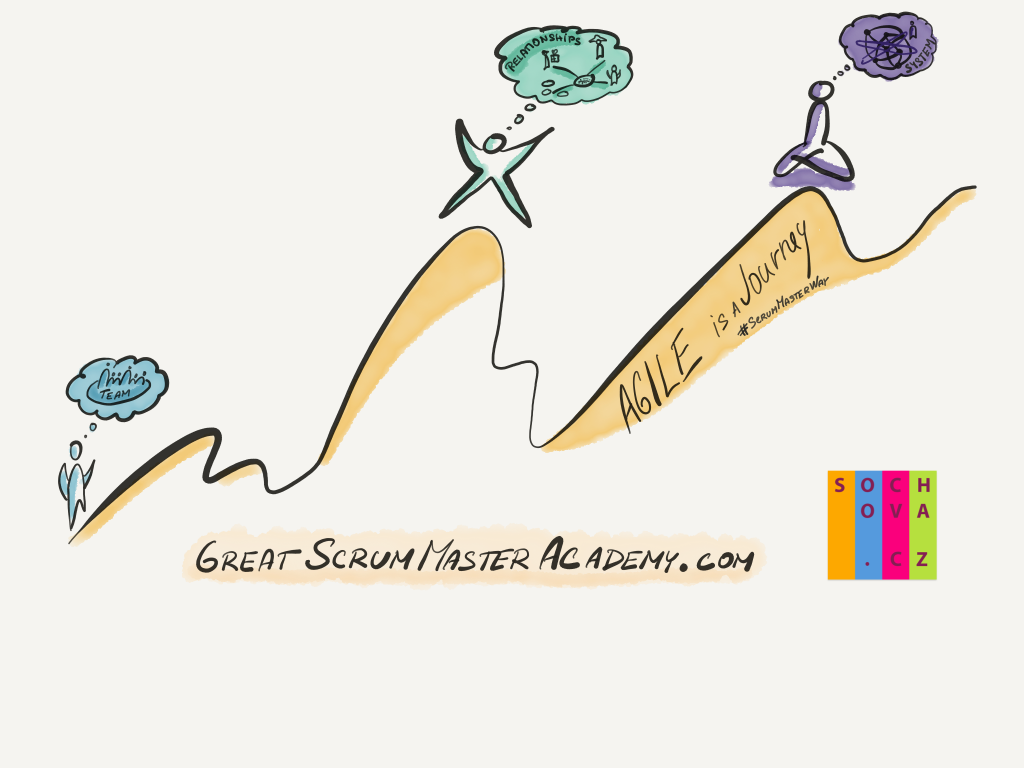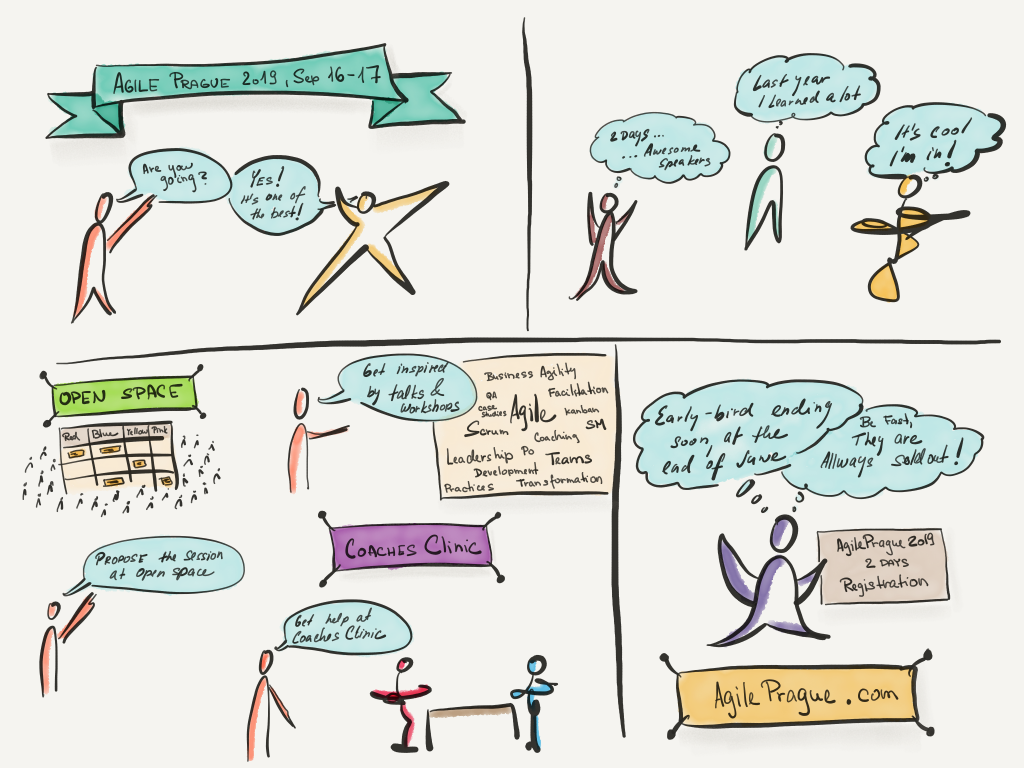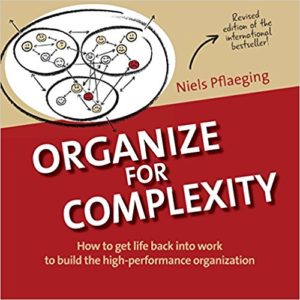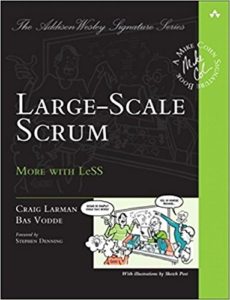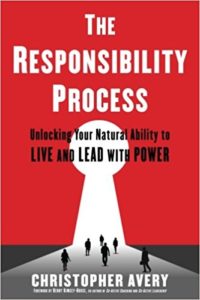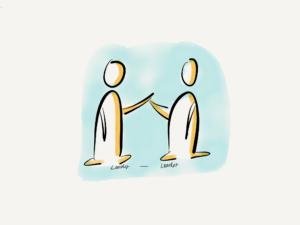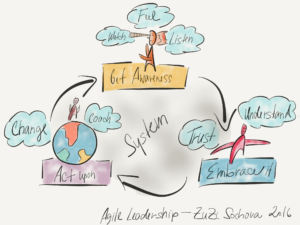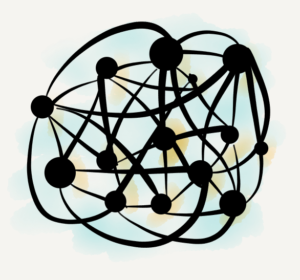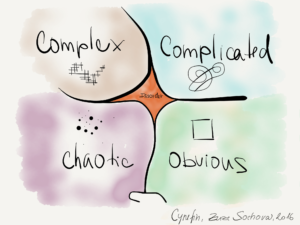Agile at the organizational level changes everything. I wrote here already about Agile HR, Agile Board of Directors, and Agile at the Executive Team Level. Let’s have a look at the top of the organization. Should it remain the same? Or shall we go one step further and change it as well?
Searching for an “agile mindset CEO” is frankly a nightmare. Everyone who tried it can confirm that. There are not many CEOs with enough Agile experience yet in the world and those few who has it are not likely looking for a job as they are usually quite happy in their current organization. So, no matter which executive search firm you choose, or what you write to the position description, the search firms are no real help here. Unless you already spent effort up front on growing the talent internally, you need huge luck to get someone who understands agile more than a basic theory. No matter how desperate you are searching for a CEO, this is still just a small obstacle, not the real reason for a structural change.
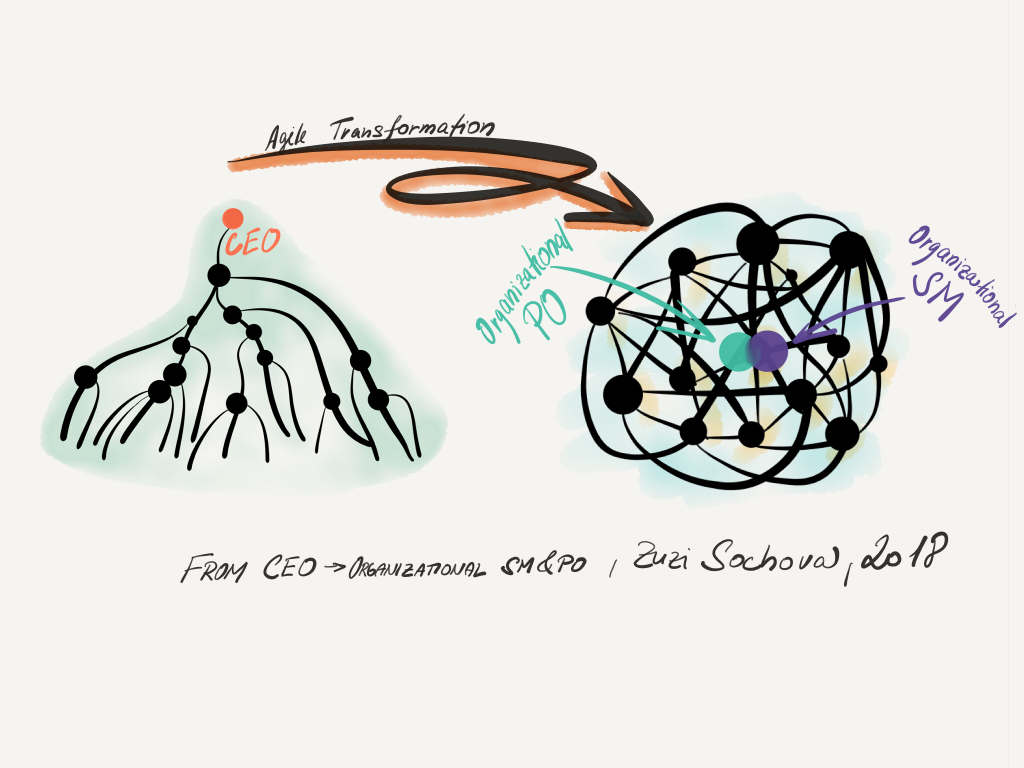 The real need for top-level change starts when most of the organization is having an agile mindset. The Agile transformation is about being agile. How many times you’ve heard this request: “How about if our management give us more support on your Agile journey?”, “How about if our executive team is Agile and don’t just push it to us?”, “How about if they practice the same way we work as well?”Would that make it a difference? Maybe. So why don’t we go one more step ahead and change from the top and become a role model for the entire organization? As the organization has changed and Agile is not solely the domain of the IT anymore, but the business agility got into every department, the need for a change at the top level is inevitable. Why do we need a CEO in the first place? Just because that’s how organizations always been? Shouldn’t we ‘eat our own lunch’ and change the way we work entirely? Shouldn’t we apply the same principles the team do? Sounds simple, right.
The real need for top-level change starts when most of the organization is having an agile mindset. The Agile transformation is about being agile. How many times you’ve heard this request: “How about if our management give us more support on your Agile journey?”, “How about if our executive team is Agile and don’t just push it to us?”, “How about if they practice the same way we work as well?”Would that make it a difference? Maybe. So why don’t we go one more step ahead and change from the top and become a role model for the entire organization? As the organization has changed and Agile is not solely the domain of the IT anymore, but the business agility got into every department, the need for a change at the top level is inevitable. Why do we need a CEO in the first place? Just because that’s how organizations always been? Shouldn’t we ‘eat our own lunch’ and change the way we work entirely? Shouldn’t we apply the same principles the team do? Sounds simple, right.
And as usually it is simple to understand, hard to do as it needs courage. Courage to say “We are going to be different.” We will have Organizational ScrumMaster and Organizational Product Owner instead of a CEO because it will be closer to the way we work at this organization, fits our values, and last but not least we believe it will help us to be more flexible and adaptive at the organizational level. And that’s worth of trying.
The Organizational ScrumMaster would be focusing on the right culture, mindset and structure, so we become high-performing innovative organizations which embraced agility, and Organizational Product Owner would be focusing externally to the business, vision a purpose to we know where are we heading and why and are value driven. Both roles need to respect each other and be open with each other, the same way as it is in a single Scrum team, as together they will be part of the Organizational Leadership Team, and the network structure of self-organizational teams. There are two roles in Scrum by a reason instead of one. When you ask people if they would suggest to combine them, no one feels it is a good idea. And at the top organizational level, we would still do it? The similar reasons are valid at this level as well. When you think about it, it fits the way we work much better, then a single CEO – supports the right organizational mindset, transparency, and collaboration, it is consistent with who we are.
From a legal perspective, it is perfectly possible, and it’s not that much work either. You might need to change the bylaws a little, but there is no reason why you can’t do it. From a hiring perspective, it’s much simpler, as you are not looking for that ‘superhero’ personality who would be great with both internal and external sides. Try it. As I said already, all you need is courage. And that’s one of the Scrum values anyway. Experiment, and from that stage inspect and adapt. Now, do I believe that this SM-CEO or PO-CEO will eventually make themselves out of job? No, I don’t. It’s the same as the team level. Even if the team is self-organized and knows the business well, there is still work for ScrumMaster and Product Owner. Similarly, at the organizational level, there is still a need for Organizational ScrumMaster and Organizational Product Owner even when the network of collaborative teams got self-organized, business value-driven, and customer-centric. The Organizational ScrumMaster and Organizational Product Owner would use Leader – Leader style to build other leaders around them, and if they are successful, the organization will become purpose driven where leadership will be emergent and structure liquid. The same way as it is in the Scrum team, the Organizational ScrumMaster and Organizational Product Owner will move from those who explain, tell and share, to those who coach, facilitate, and keep the system spinning. And that’s what is the Agile Leadership about.

